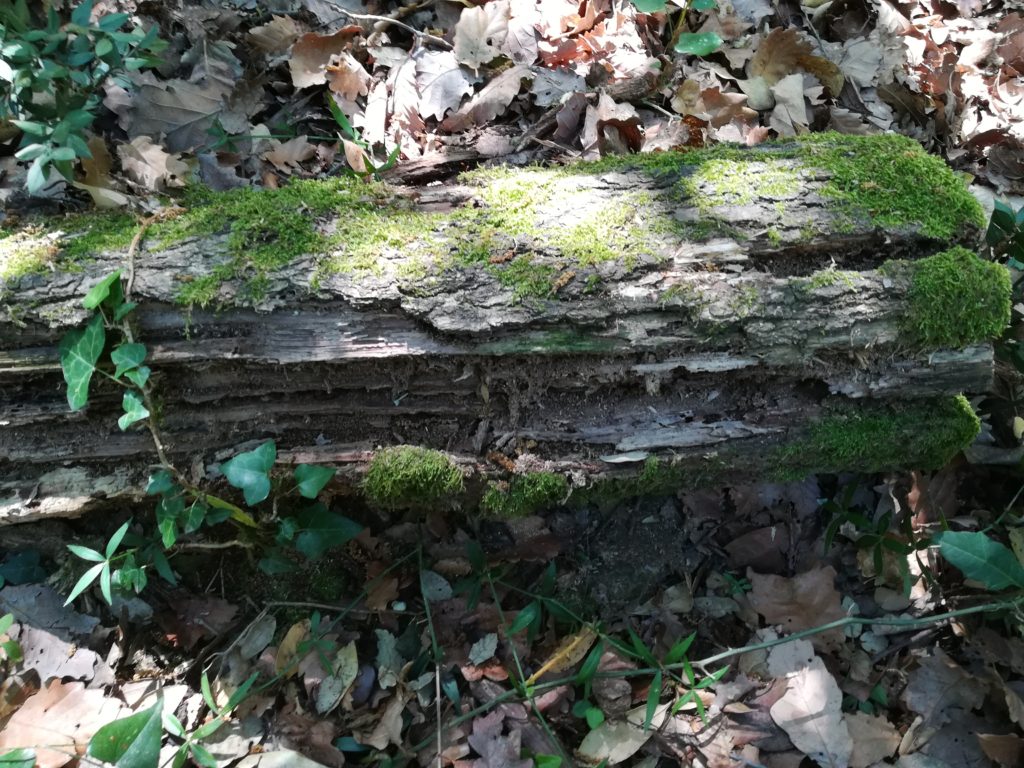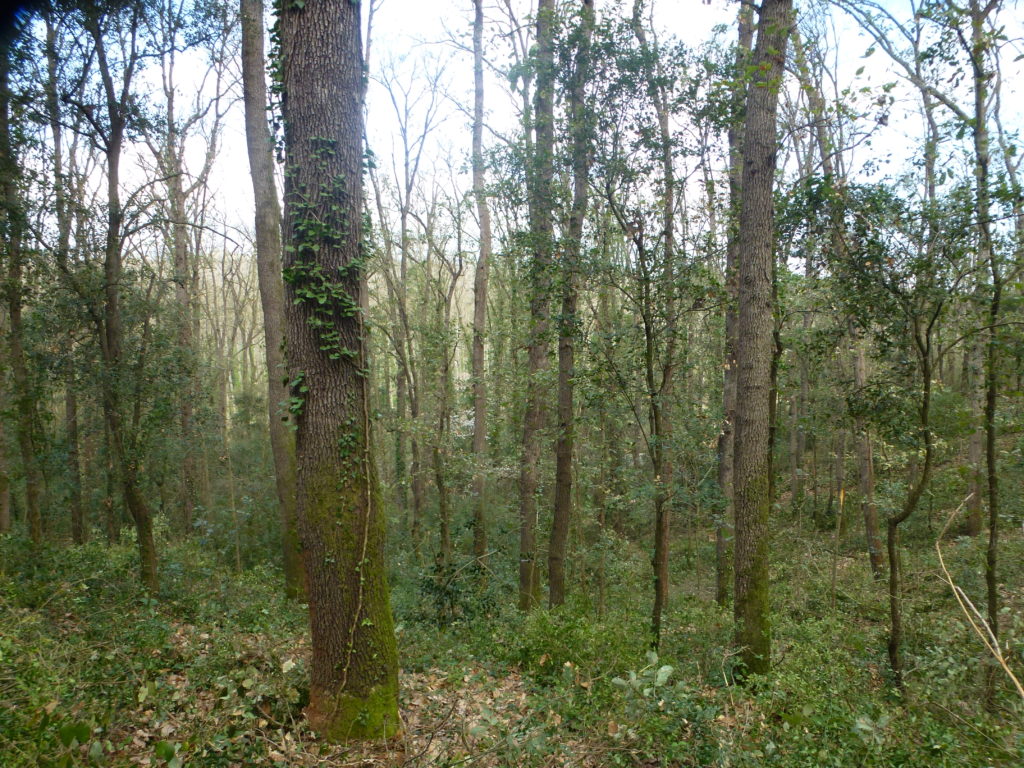The LIFE BIORGEST project is being developed in Catalonia (NE Spain) and Occitanie (SE France) and covers the most widespread and representative forest habitats of community interest (HCI) in the Mediterranean region of Western Europe: holm oak forests (pure and mixed), sub-humid oak and pine and cork oak forests.
Catalonia has a forest area of 1,318,000 ha (42% of its land area), of which 50% corresponds to formations in which the project is being carried out (holm oaks, Pinus halepensis Mediterranean pine forests, Quercus humilis sub-Mediterranean oak forests, Q. faginea and Q. canariensis, and cork oak forests). These formations are also of great importance in Occitanie, occupying 527,000 ha (88% of forest area).
With regard to these types of formations, there is a general consensus that, in the context of the abandonment of forest uses and the abundance of young, coetaneous and thicket stands, forest management is key to improving their favourable conservation status. That is to say, favouring forests with heterogeneous densities and structures and adequate proportions of stands in different stages of development favouring connectivity. Such management is also essential to protect against major forest fires and other disruption and to ensure the sustainable provision of ecosystem services.


Within the scope of the project, there are widely known and used models of sustainable and multifunctional management of forest areas, such as the ORGEST models in Catalonia, forestry models in touch with nature and French management guidelines, among others. However, the emphasis in these management models and orientations is usually on the production of wood or other non-wood forest products, physical soil protection, improved vitality and fire prevention. Although these management models also consist of some biodiversity conservation criterion and codes of good practice for the correct implementation of management, biodiversity conservation is not normally one of their primary objectives and it is instead downgraded to a secondary level.
In order to develop Mediterranean forest management criterion that encompasses the improvement of biodiversity as a foremost objective, there is a need for indicators of maturity and structural complexity related to biodiversity and, above all, specialist forest fauna. This requires exemplary forests in which natural dynamics are known, which help determine what the target values may be for different indicators (standing and fallen dead wood, the presence of large trees, cavities, etc.) and serve as a basis for decision-making at management level.
In this sense, the challenge of LIFE BIORGEST is to generate much more comprehensive and unifying technical prescriptions for the incorporation of biodiversity conservation in multifunctional management, in a way that has not been addressed to date in the region. Additionally, the project includes the implementation of new financing and compensation mechanisms.
